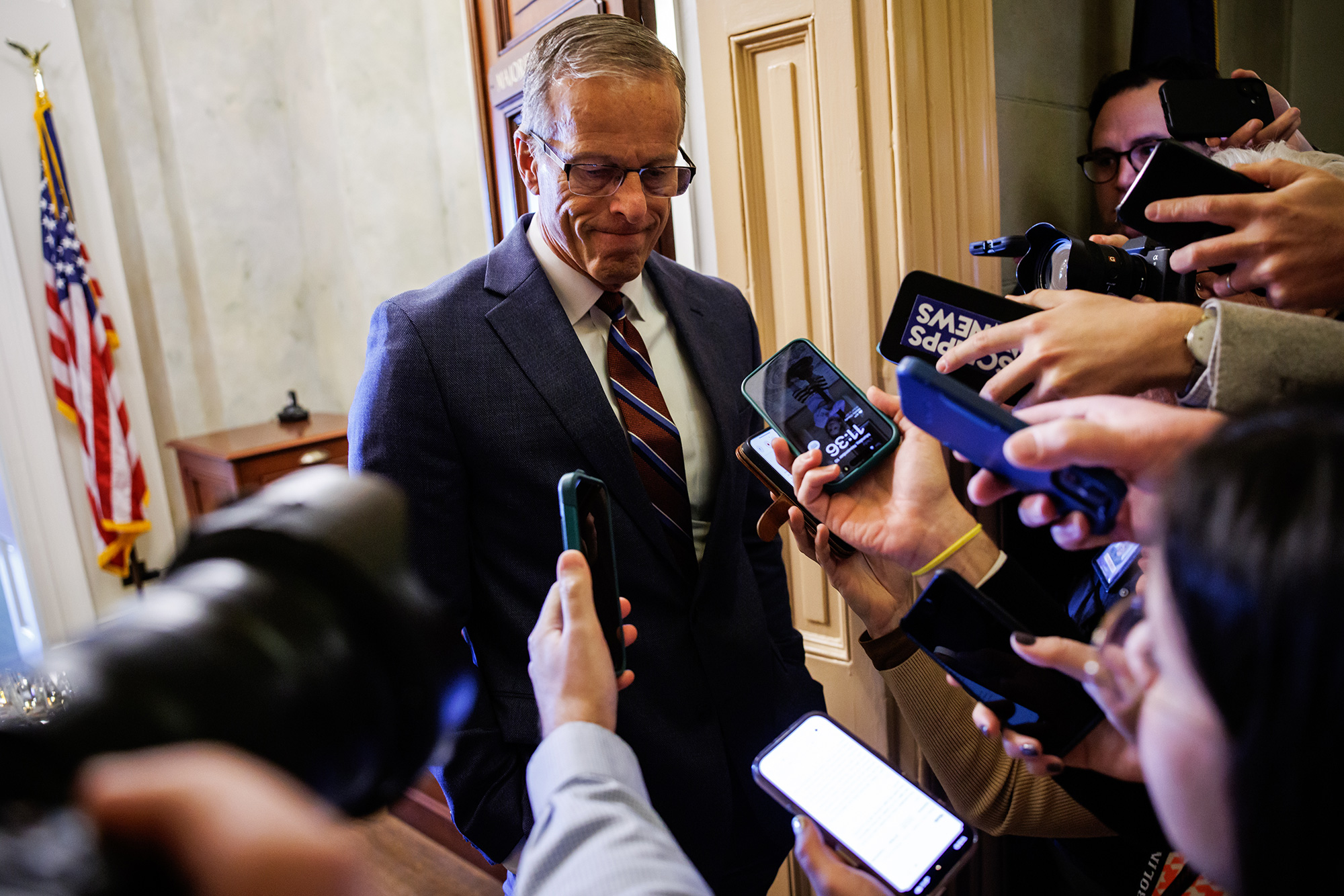New analyses show shutdowns deliver no policy wins but inflict lasting economic damage across every sector of the economy.
New analyses of the 2025 government shutdown confirm what No Labels was warning about from the jump: shutdowns are expensive and don’t accomplish what their instigators promise.
According to the Congressional Budget Office, the shutdown erased $11 billion from the economy that we’ll never get back. And the pain wasn’t just felt in Washington; federal workers across the country went without pay, which meant they pulled back on everyday spending at local businesses.
At the same time, the firms that rely on federal contracts saw their orders pause or disappear. About a third of these firms are small businesses that depend on that revenue to keep their doors open. When those businesses take a hit, they start tightening their own budgets – and the chain reaction moves through the rest of the economy.
If this all sounds familiar, that’s because it is. The 2025 shutdown was the longest in history, but it wasn’t the first to have economic consequences.
- In 1995 and 1996, House Republicans shut the government down twice for a total of 26 days. They demanded Medicare cuts that never materialized; instead, they cost the economy $1.4 billion. Adjusting for inflation, that’s $3 billion today.
- In 2013, House Republicans shut the government down for 16 days to repeal the Affordable Care Act. It didn’t work, but it did cost 0.2-0.6% of economic growth – which translates to between $8 and $25 billion – and 120,000 jobs.
- Between 2018 and 2019, President Trump shut the government down for 35 days because Congress wouldn’t fund the border wall. He never got that funding, and the economy suffered an $11 billion hit.
- And now, in 2025, Senate Democrats tried the same gambit to save the Affordable Care Act’s enhanced subsidies which are set to expire at year’s end. It cost the economy $11 billion, and all they got was a promise to vote on a bill that may not even pass.

The early 2018 shutdown was the only modern lapse without lasting economic consequences. Senate Democrats shut the government down to get legal status for Dreamers, people who were brought to the U.S. illegally as young children. That three-day standoff ended with a promise of an immigration vote, which went nowhere.
In other words, the 2018 shutdown led to the exact same outcome as the 2025 shutdown, just without the $11 billion economic hit.
The headline $11 billion number doesn’t fully capture the impact that played out across the rest of the economy. When the shutdown ended, for example, the government spent $14 billion on back pay for federal employees – including the hundreds of thousands who were legally barred from working during the shutdown. That’s taxpayer money spent on work that never got done.
There’s also the impact on the hospitality industry. Airport chaos pushed travelers to cancel or postpone plans, and the result was roughly $2.6 billion in lost flights, hotel stays, and restaurant traffic.
Grocery stores felt the pain, too. SNAP “food stamp” dollars make up about 10% of all grocery spending nationwide. When those benefits were delayed in many states, local markets in lower-income areas saw sales decline almost immediately. Grocery stores were bracing for up to $8 billion in losses nationwide if the shutdown lasted through November.
And these economic costs come on top of the ripple effects the public doesn’t always see. Small federal contractors – custodial crews, call-center staff, food-service workers – aren’t guaranteed back pay the way federal employees are. Many of them lost weeks of income that they’ll never recover.
Shutdowns also weaken the government’s ability to function long after the lights come back on. Agencies fall behind on inspections, permits, and grants. Small-business loans get delayed. Research projects stall. Backlogs pile up in ways that take months to unwind. Taxpayers pay for that inefficiency twice: first when the work stops, and again when agencies scramble to catch up.
Shutdowns don’t solve problems, they just make them more expensive. If Washington wants real results, the only path forward is the one Americans have been asking for all along: stop the stunts and start governing again.
Related
Peyton Lofton
Peyton Lofton is Senior Policy Analyst at No Labels and has spent his career writing for the common sense majority. His work has appeared in the Washington Examiner, RealClearPolicy, and the South Florida Sun Sentinel. Peyton holds a degree in political science from Tulane University.





You must be logged in to post a comment.